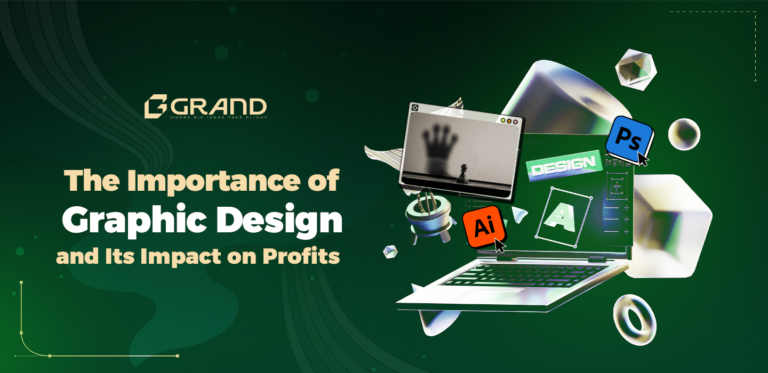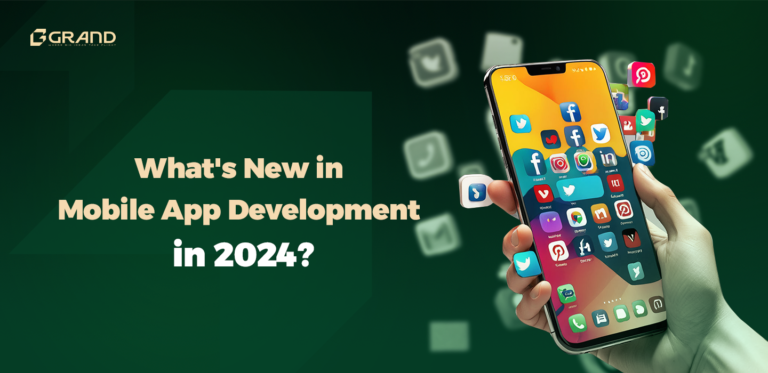Your Full Guide to Build the Right Visual Identity for Your Business
Building a visual identity relies on a strong human trait: recognizing things by their visual elements, This is evident in everyday situations.
For example, how often have you recognized a friend from a distance by their hairstyle? Or identified someone simply by their distinctive clothing?
Similarly, a company’s visual identity consists of visual elements that distinguish its brand, such as logos, colors, and fonts.
These elements make the brand easily recognizable and memorable to customers, much like recognizing familiar features in people.
What is Visual Identity?

as we mentioned, it is how one is recognized when seen by others.
Visual identity encompasses all visual elements that represent a company’s existence, such as logos, fonts, images, colors, and any symbols used to convey the brand’s message.
It can extend to websites, employee uniforms, business cards, printed materials, signage, and product packaging.
What are the elements of visual identity?

As we’ve previously discussed, several key elements, but there are foundational components :
- Color Palette:
The selection of colors is essential, as each color can convey different emotions and messages.
For example, there are cool colors, warm colors, and neutral colors, each used to convey specific emotions.
Cool colors like blue and green often evoke calmness and serenity,
warm colors like red and yellow can express energy and warmth,
while neutral colors such as black, white, and gray offer balance and simplicity. Choosing the right color palette is crucial for effectively communicating your brand’s message and emotional tone.
Cultural differences should also be considered.
Now, here’s a question for you: When I mention the brand “Coca-Cola,” what color comes to mind? Yes, red!
On the other hand, if I mention its competitor “Pepsi,” what do you recall? Of course, blue! This illustrates how colors play a significant role in shaping a brand’s identity and having a psychological impact on its customers.
- Typography:
Fonts communicate the brand’s personality, whether it is playful, serious, strong, or elegant. The right font can attract and retain the target audience.
- Logo:
A logo is a fundamental part of visual identity, representing the brand with a simple, memorable design that conveys the brand’s essence.
You might hear from someone that these are not the only elements of visual identity design. And that’s true!
The critical point and the most important element is blending these three components—color palette, typography, and logo—in a thoughtful way to achieve the main goal of creating identity to be distinctive and evoke specific emotions in the client when they see your brand.
This leads us to the strategies for building a strong visual identity, which underpin the development of a brand’s identity.
What Are The Strategies for Building A Strong Visual Identity?

- Define Brand Goals:
Developing a brand identity is certainly based on real and achievable goals.
Similarly, designing a visual identity requires the designer to be fully aware of all the brand’s details and to create identity that aligns with those goals.
The designer must understand the brand’s essence, values, and objectives to create a visual identity that effectively communicates the brand’s message and resonates with its target audience.
- Identify Target Audience:
Building a visual identity is fundamentally undertaken by companies to target specific customers.
Therefore, it is natural to first identify the target audience before taking any steps. Studying all aspects and demographic characteristics, as well as their interests, is essential.
Every detail will be beneficial in crafting a visual identity that resonates with the intended audience and effectively communicates the brand’s message.
- Determine Desired Emotions:
Identify the emotions you want to evoke in your target audience when they see your visual elements.
- Design a Comprehensive Visual Identity:
Create all visual components (colors, typography, logos) based on research and analysis, ensuring they work together harmoniously to develop your brand.
- Ensure Consistency:
Do you know the stone that toppled an entire house?
Similarly, every detail in building identity process is crucial.
Ignoring even one element can undermine the entire identity you’ve built. Ensuring consistency and cohesion across all elements and platforms is essential for creating a strong, memorable identity that effectively communicates your brand’s message and resonates with your audience.
By now, you should understand the importance of it for companies. Here are a few key points to remember:
Importance of Visual Identity:

- Differentiation from Competitors:
The market is filled with various brands in every field. it helps to distinguish and develop your brand in the minds of customers.
- Building Trust:
Without a visual identity, customers are likely to avoid purchasing from your brand due to its unknown source.
A strong visual identity builds trust between the brand and its customers.
- Example: Given a choice between well-known and unknown soda bottles in a store fridge, you’re more likely to choose the familiar brand.
- Strength of Visual Communication:
Humans are naturally inclined toward visuals. A well-designed visual identity evokes positive feelings in customers, fostering attachment to the brand.
- Presence in Absence:
In gatherings, festivals, or events, the presence of a brand’s logo reinforces its identity and strengthens its position among customers, even without physical presence.
- Legal Protection:
Last but not least, a unique visual identity safeguards against counterfeiting.
It allows companies to legally challenge fraud and imitation, protecting the brand’s reputation.
By understanding these points, you can appreciate the vital role visual identity plays in your brand’s success.
By reading this article, you have gained a complete guide to building the right identity, an integral part of your marketing plan, whether digital or traditional.
Understanding the difference between these approaches enhances your strategy.
Are you looking for a partner ?
Contact Grand agency for comprehensive services and consultations.






